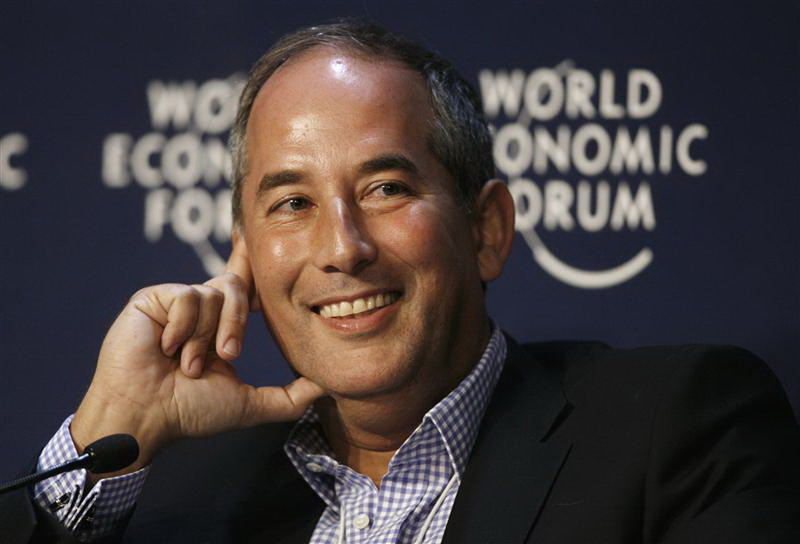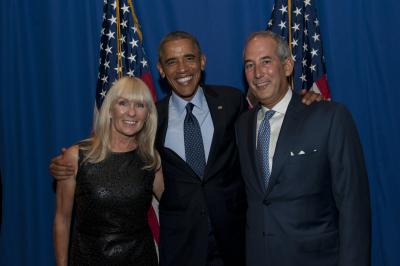Some of the readers of this blog have requested that I discuss the current financial crisis and resulting recession. As I shy away from subjects too close to the business of Thomson Reuters in part to avoid 20 pages of risk factors in each post I will respond here only in general terms.
As we entered 2007 and the markets kept booming we were living on borrowed time. Debt was rising at record levels a bubble in real estate was driving consumer spending well beyond real income levels and the weakest business models seemed a sure thing. Then housing started to collapse the consumer caved and we woke up to a severe and dangerous credit crisis. That fateful weekend in September 2008 when Lehman was allowed to file for bankruptcy the global economy reset.
In the face of this unprecedented challenge the single most important quality that every ceo banker portfolio manager or politician should possess and display is agility.
In hindsight it is very easy to recommend that bankers should have avoided the sub-prime mortgage market or other toxic corners of the housing bubble but this would ignore the pressures on public company executives not to miss the wave of a rising tide. When Chuck Prince of Citi famously declared that “we’re still dancing” just before the credit wave crashed ashore he spoke for many executives in saying that he would not sit on the sidelines while others danced their way to outsize profits. Similarly if your financial adviser or portfolio manager kept you out of tech stocks in 1998-2000 you probably were not happy with her relative performance.
The goal should not be to resist all temptation. Rather it should be to go with the herd only in a very wary agile way. For companies this means not to over-extend and ignore cash flow for banks this means not to fund short-term and invest long-term for investors this means not to confuse theoretical credit quality with liquidity and for would-be house owners this means not to be lured by complex loan products that can reset above levels you can afford. Above all don’t add large amounts of leverage just because someone is silly enough to lend to you.
What we have once again and painfully learned is that the economic cycle works like a game of musical chairs – exacerbated by high leverage into musical high chairs. If you are wealthy or healthy enough to carry your own pillow great; if you are fast and agile enough to jump into an available chair when the music stops great; otherwise the fall is going to hurt.






I bought a company once that had a lot of debt and a lot of very clever accountants who had dressed the debt up to hide the precarious trading situation that the company faced daily. The due diligence process had uncovered some of the debt but not all. The directors of the acquired company had become trapped in a negative spiral and had come to believe that as long as they could service the debt even if it meant running a daily cash-flow meeting they were OK. They had stopped looking at the reasons behind the increased debt. They were out of control. They were borrowing to pay for bad trading bad contracts and bad decisions. And the banks kept lending! I sat in the office of Dwight B. Crane at the Harvard Business School pouring over the reconstructed balance sheet of the newly merged company. I was shaking my head and asking Dwight if he had any suggestions for a balance sheet strategy that would help me fix this mess. After a long pause Dwight turned to me and said
I was attracted to this blog since it belongs to the CEO of one of world’s top 100 global brands. While you surely have valuable and sensible advice for the outside world I’m wondering how agile is TR internally. Agility for TR would mean getting smarter in employee engagement and talent management which will help it grow faster when recovery begins. While Companies are focusing on their ability to attract develop and retain top talent to remain viable and competitive in the short and long terms TR is lagging behind. The focus should be on empowering employees with multi-skills to handle different tasks and building a strong leadership pipeline.
Dear Tom I think that an essential precondition for agility is pre-vision. Enterprise leaders who are good at pre-visioning the business environment know when to commit or uncommit themselves and their resources. I believe that is the key to agility. A large number of technological products afford capabilities of measuring how a business is performing and recommend reactive measures. For agility I think good technological tools should provide means for pre-vision rather than merely post-vision of how it is performing. Are there efforts in Thomson Reuters for such a capability? I would be interested to know because I am working on something like this and would love to talk to people in Thomson Reuters who may be thinking along these lines. Saurabh Sircar